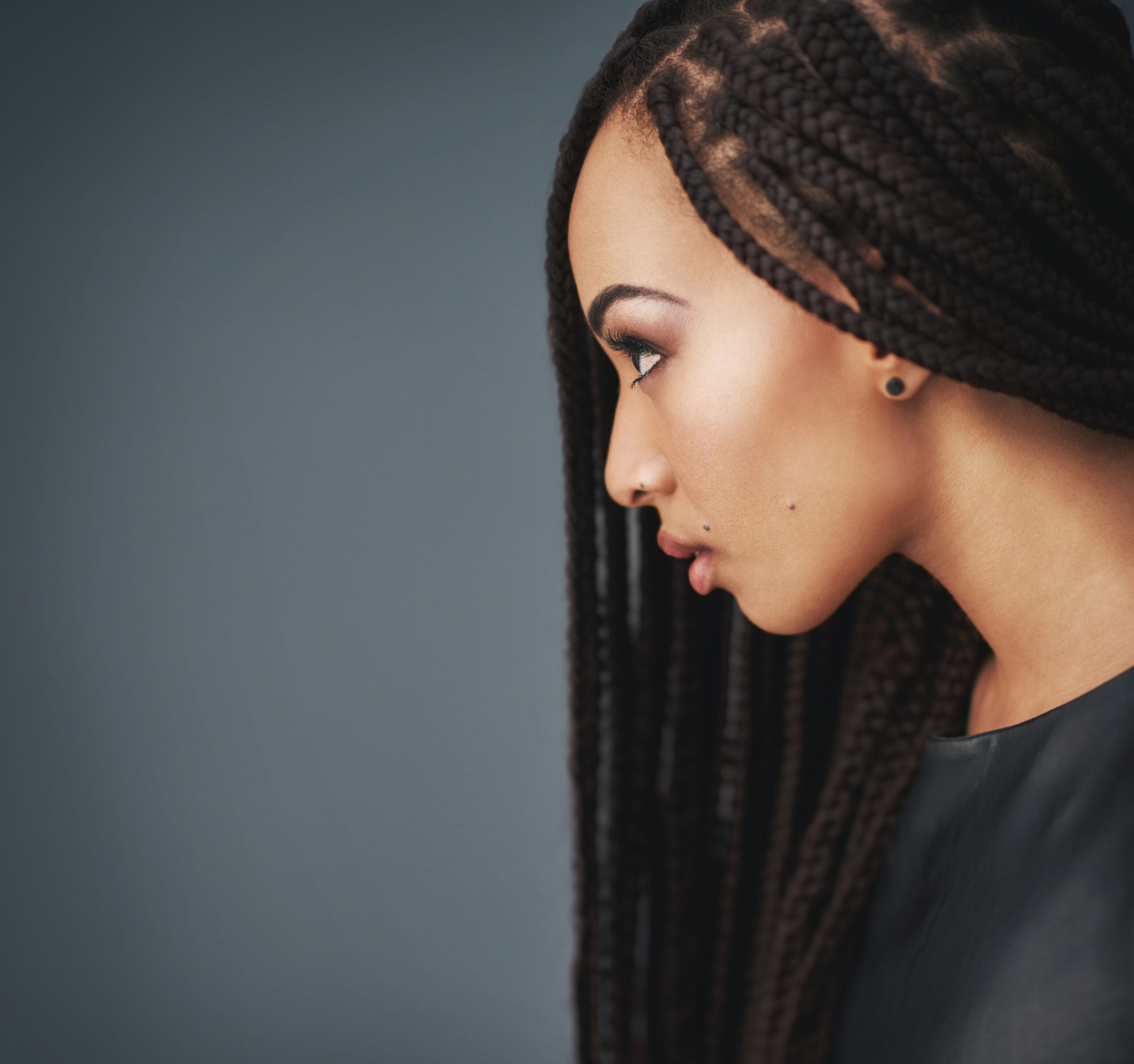
When it comes to hairstyles, braids may be the most classic of styles. The history of braids dates back to 3500 BC and African culture. They’ve stood the test of time and continue to be reinvented. All types of braided hairstyles exist, from the creative braid looks on kids in the schoolyard to the fancy styles on Hollywood red carpets! Braids are a symbolic style that can represent an ethnicity, a religious belief or a tradition, or they can be just a pretty, elegant or playful style to wear.
From classic cornrows and simple three-strand braids to French and Dutch braids and more, there are so many types of braids styles to choose that making a decision on which to wear can be a challenge. Braiding also takes some skill, so that may help narrow down the options.
For especially intricate styles, go to a salon and have braids done by a pro. The results will be amazing and the style will last a bit longer. We’ve put together six of the most popular braided hairstyles with some photos for inspiration, as well as some tips and tricks. Enjoy!
French braids are popular.

French braids are like French fries — not French at all — but they do have a fresh flair and are a very popular style. It’s another three-strand gathered plait in which the three sections of hair are braided from the crown of the head to the nape of the neck. If doing a French braid on shorter hair, naturally straight or wavy hair types, get the look by first running pomade through the hair to create grip.
Box braids can be styled many ways.

Box braids are a three-strand style in which the hair is divided into square-shaped sections, hence the name. Box braids are generally done by using synthetic hair to help add thickness to real hair, and they serve as a protective hairstyle. Because they are not attached to the scalp like cornrows and French braids, box braids can be styled in a number of different ways. The process of creating box braids can be lengthy, but once installed they can last for six to eight weeks. Another plus is that box braids are one of the easiest styles to maintain.
A fishtail braid is distinctive.

A fishtail braid is a very relaxed style. It's easy to distinguish from other braids because it looks like a mirror reflection of itself. The hair is gathered at the back of the neck, and then the ponytail is braided into a fishtail. For a modern look, style it off to one side, with loose pieces framing the face.
A Dutch braid works best on thick hair.

A Dutch braid has many aliases. It’s also called an inverted French braid, outside braid, or pineapple braid. To create the look, cross three hair sections under each other, instead of over. The end result is the look of a braid standing up from the rest of the hair instead of being under the hair. This braid looks most beautiful on very thick hair.
Cornrows work for women and men.

Cornrows are braids that form narrow parallel strips down the head. They're normally positioned from front to back and can be done in a hundred different patterns. Cornrows are the style you’ll see on men as well. Cornrows are intimidating, but experts promise that with practice, it’s a style almost anyone can master, so check out this YouTube tutorial for help.
A crown braid looks beautiful.

The crown braid looks all kinds of complicated, but it’s the most straightforward style. To create this look, start with a long traditional side braid and wrap it up and over the top of the forehead, securing it with bobby pins along the way. The milkmaid braid is almost identical to the crown braid, but instead of being situated on the top of the forehead (where an actual crown would sit), it's pushed back a couple of inches to sit more toward the middle of the head. The milkmaid braid also usually begins with a center part, as opposed to a side part, for a more traditional look.



